For those who play stringed instruments as a daily hobby, players and teachers. This item is small but indispensable for your playing. It’s rosin.
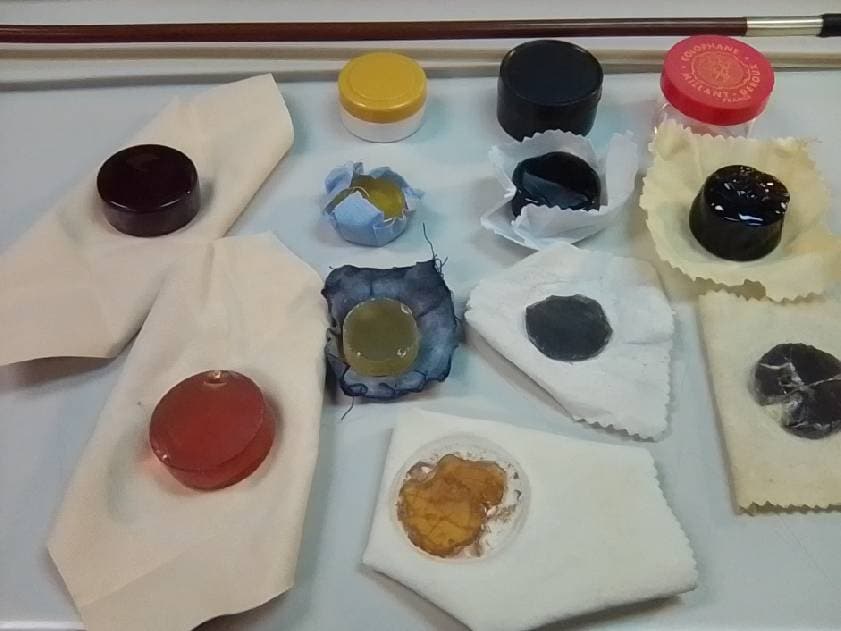
How long have you been using rosin? Have you ever run out of it? This is a picture of a pine rosin that has almost been used up and is about to finish its usefulness.
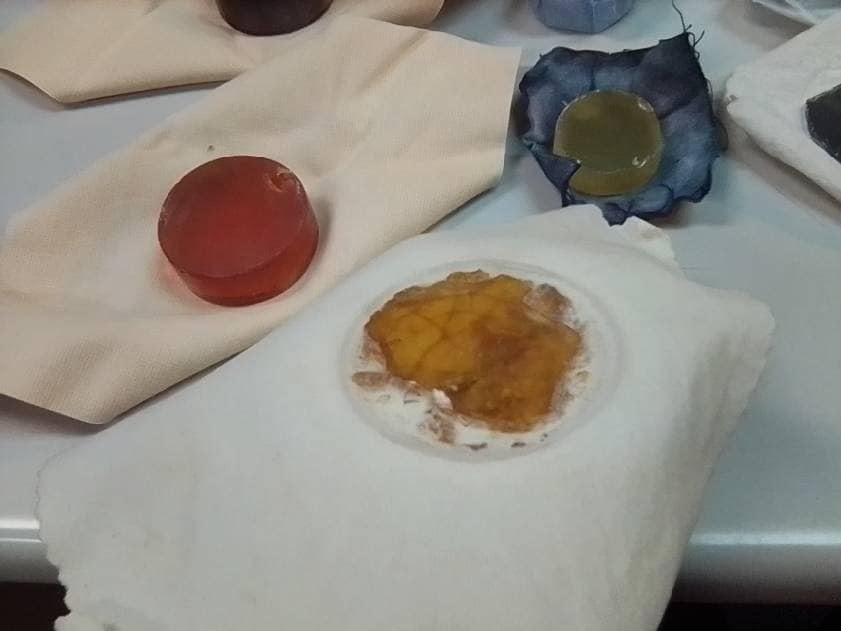
The picture is of a Pirastro Eudoxa pine rosin.
Since I inspect instruments on a daily basis, I use pine rosin more frequently than other kinds, so I often see pine rosin in this condition.
I would like to talk about rosin, which generally does not break down after a number of years (or so I think so).
- What is pine rosin anyway?
- Will I have to replace it in the future?
- What are the advantages of replacing it?
- How often should it be replaced?
- Which rosins are recommended?
What is pine rosin anyway?
When one hears the word “pine rosin,” one associates it with pine sap. In reality, pine rosin sold as pine sap for stringed instruments is a mixture of various ingredients that are blended according to the manufacturer's own recipe (usually a trade secret). Therefore, the hardness, viscosity, and color of the rosin varies from brand to brand. The products are classified according to the type of instrument and it’s safe to say that those for contrabass are exclusive to that type of instrument. On the other hand, some people use cello rosin for violins and vice versa.
In the photo at the beginning of this article, you can see that there are different types of instruments, from black to light yellow.
There is an article on Wikipedia that states that rosin is not only for stringed instruments.
According to Wikiepdia, it is widely used to prevent slipping (e.g., applied to baseball rosin bags, ballet toe shoes, etc.), and this action of stopping slipping ≒ increasing friction was probably applied to bows for stringed instruments.
Pirastro's official website also has an article about it.
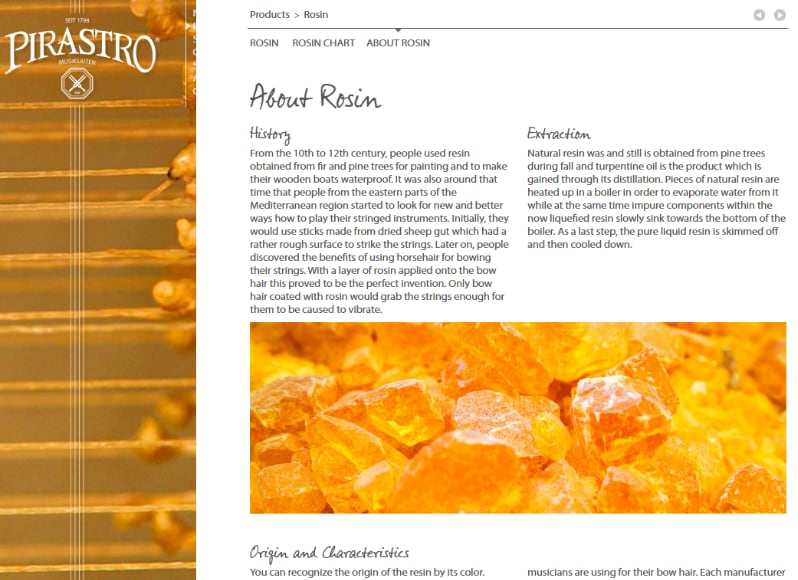
When should rosin be replaced?
Do you have any complaints about the rosin you are currently using? For example, are you dissatisfied with the sound or playing comfort? Do you find that rosin powder flies around too much and turns your instrument white? Do you find that you cannot apply it properly to your bow because the rosin is cracked or has deep grooves in it?
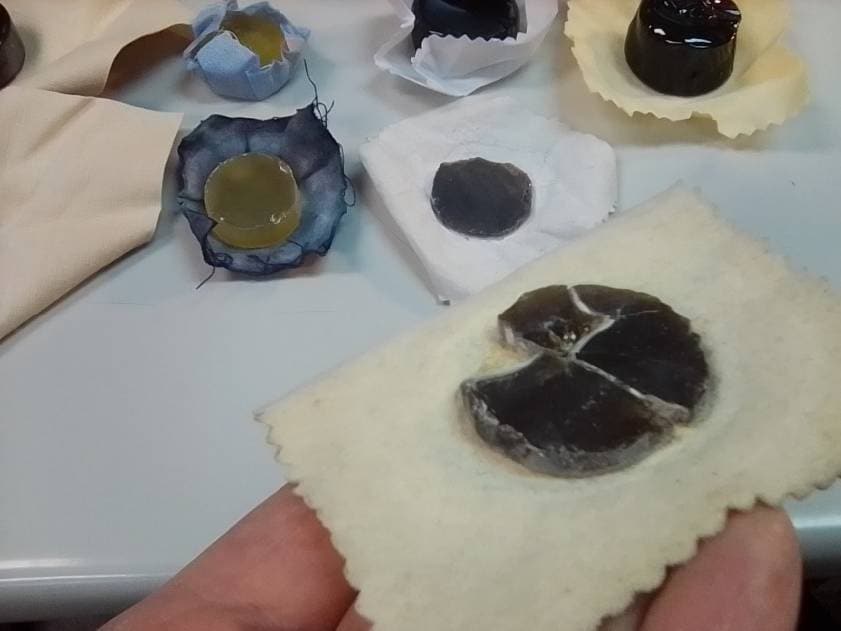
Cracked rosin
What are the benefits of replacing them?
It is often said that pine needles have an unexpected effect on sound quality. Of course, when comparing the rosin that comes with an introductory set with those of a higher price, there are often sensory positive impressions such as better adhesion and smoother sound. Simply, “expensive rosins” are made from a recipe that has been improved over a long period of time, with manufacturers creating their own recipes and data for their own production, and they also receive feedback from players' opinions.
What kind of timing?
The rosin on the hairs of your current bow cannot be removed, so it is best to purchase and try new rosin when you change the hairs on your bow or purchase a new bow.
When you apply new pine sap to new hair and make a sound, you may feel as if your instrument has been reborn.
Which rosins do you recommend? 5 Recommendations
Hidersine / Hidersine Pine Sap 3V
Hidersine 3V is a relatively inexpensive rosin, but its quality is well known. It is a long-established British brand with a long history, and I can say that the balance between quality and price is very good.
PIRASTRO / Pirastro Pine Sap OLIV/Eva
Although the manufacturer's website states that the rosin is soft, the relatively soft rosin is easy to apply and can be used in a wide range of applications.Their rosin is not only compatible with Pirastro Oliv and Evah Pirazzi strings, but their rosin is also suitable for use with nylon and gut strings of other makers. Although it is a bit pricey, it is one of Pirastro's most popular rosins.
PIRASTRO / Pirastro Pine Sap Schwaltz
Pirastro Shwaltz is a hard type of Pirastro rosin. This type is suitable for violins and violas. It is also a very good match for steel strings.
Thorvaldsson / Millant Pine Sap Dark
The most popular rosin for cello is called “Kuroneko no Dark”(black cat dark), commonly known as “Kuroneko” from the picture of a cat on the lid of the package. There are other rosins that are suitable for the cello, but you should definitely try this one first. It makes a difference in the strike of the bow.
KOLSTEIN / Contrabass Pine Sap All Weather
There are also various types of contrabass rosins, but KOLSTEIN's All Weather pine needles are of stable quality with less deformation during the seasons, especially in the summer. The price is moderate, but the quality is well worth it, which is why there are so many fans.
What do you think of some of these rosins that I introduced?
Summary
While changing out your rosin is itself not a major expense, this is not the case when it comes to replacing a bow. However, bows and rosins play an extremely important role in the sound of stringed instruments. When the bow and rosin are perfectly matched with the strings and instrument, it is as if the bow is working by itself to produce sound, and you may even feel a dramatic improvement in sound.
Although it is not easy to just go out and buy a new bow… why not choose a new rosin that will allow you to try to improve the sound more easily?
In the next issue, I will talk about buying new rosin in my next article, “Buying New Rosin” and how to prepare it and apply it properly.





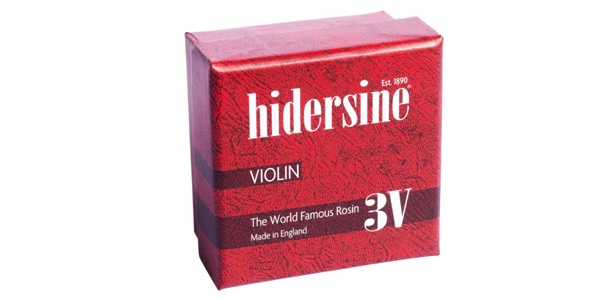
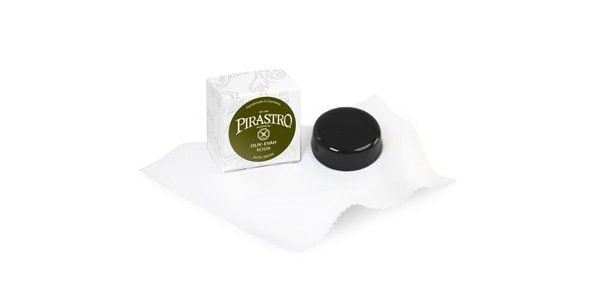
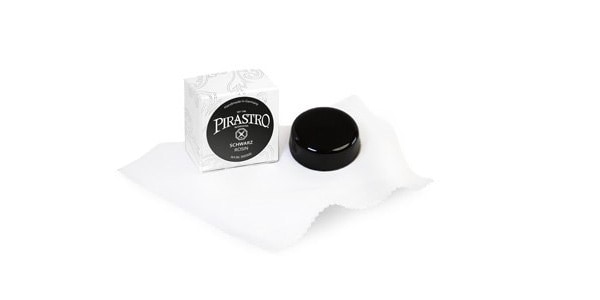
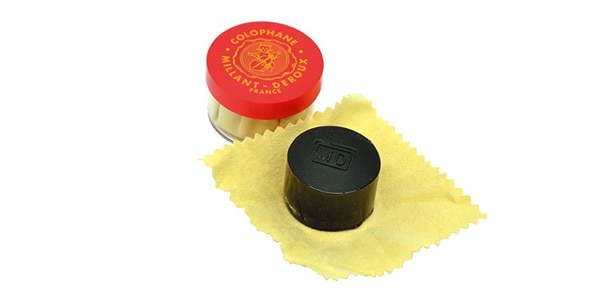
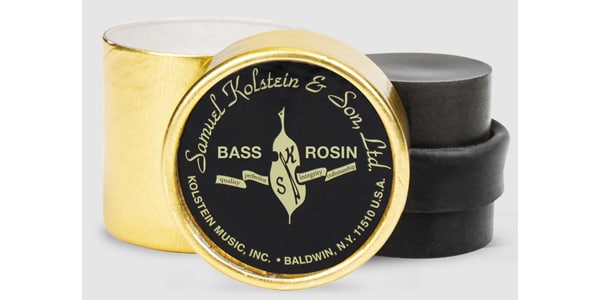






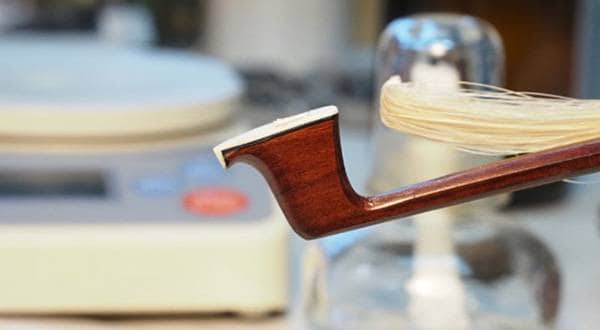
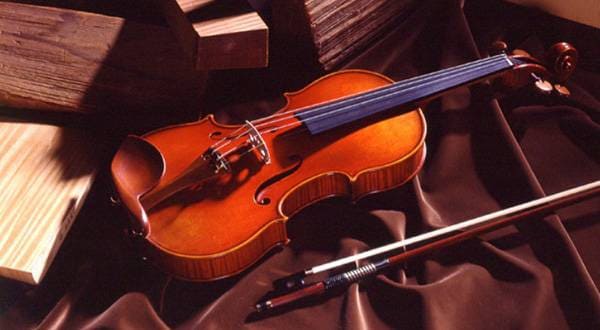
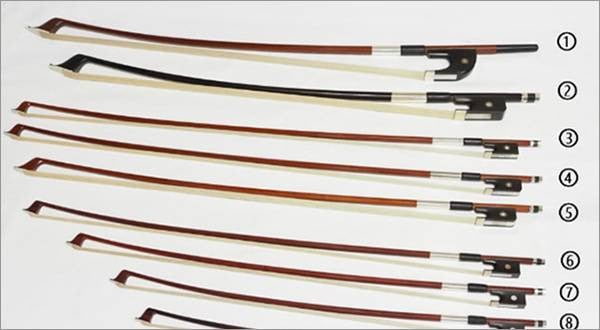
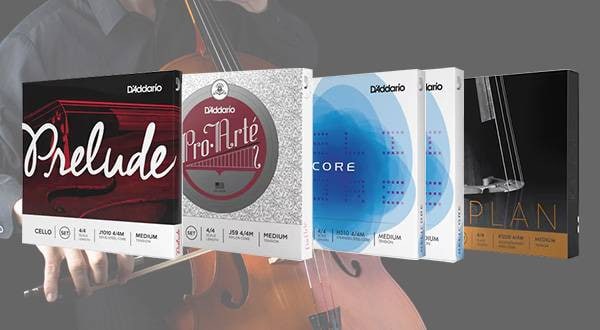
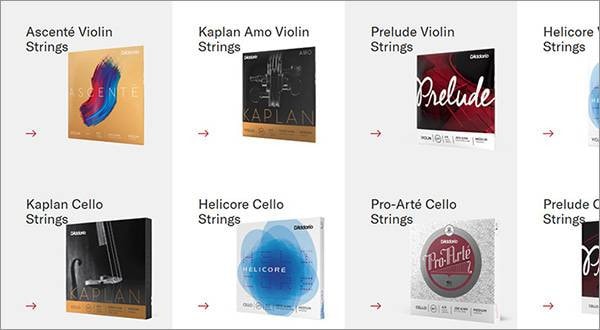
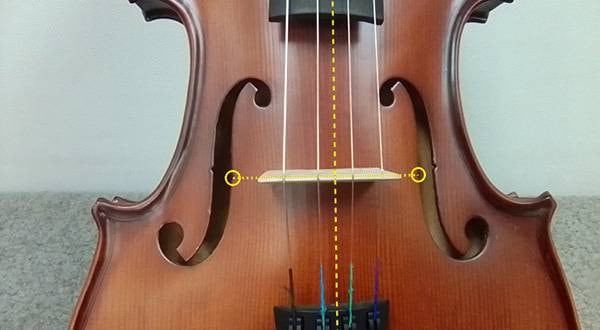
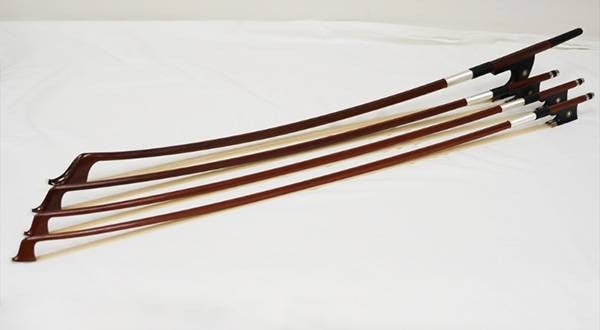
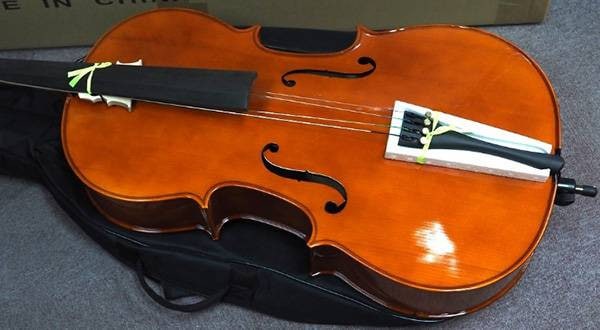
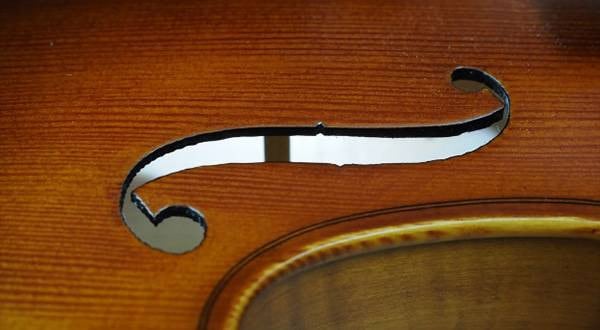
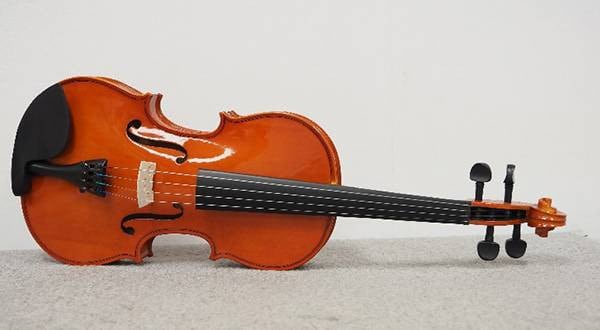
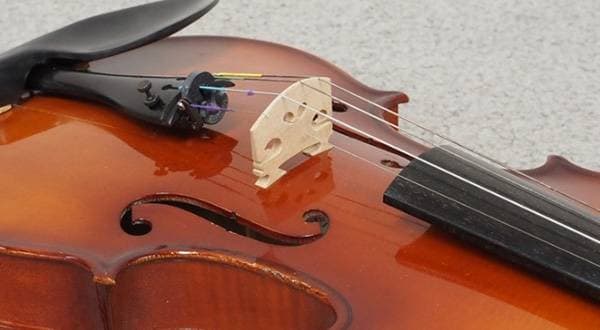
 バイオリンの手入れ
バイオリンの手入れ
 バイオリンの調弦(チューニング)
バイオリンの調弦(チューニング)
 失敗しないバイオリンの弦交換
失敗しないバイオリンの弦交換
 バイオリンの基本的な取り扱い
バイオリンの基本的な取り扱い
 弦楽器 初心者講座
弦楽器 初心者講座















